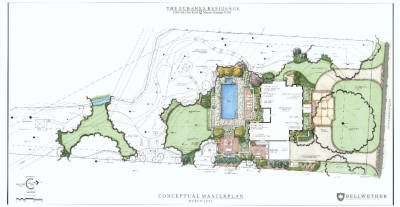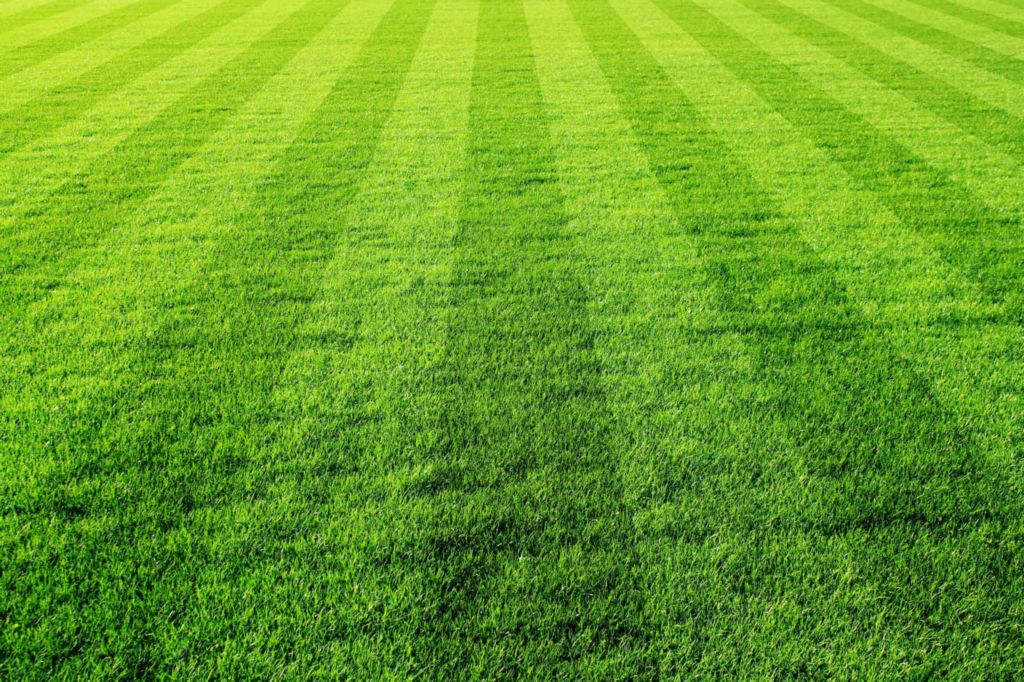As the days get warmer and trees begin to bloom, many homeowners will begin making plans to prepare their yards for the hot summer ahead. Preparing a yard for summer can feel like a daunting task but the good news? It doesn’t have to be.
The following tips will help your yard stay in peak condition throughout the summer.
Aerate Your Lawn
Aerating your lawn before summer is extremely important because it allows water, oxygen, and nutrients to penetrate your grass roots more efficiently. This leads to a healthy root system which helps to keep your lawn healthy and lush. It’s best to perform the process in the autumn if your lawn is a cool-season grass, like bluegrass or ryegrass. If you live in a climate where warm-season grasses thrive, aerate in the spring. Many experts recommend aerating your lawn every 1 to 3 years but high-traffic areas may require more frequent attention.
Thatch is the decaying plant material that accumulates on your lawn. A thatch layer exceeding a half inch can block sunlight from grass and prevent water from reaching deep roots. You can remove thatch in the autumn by raking it up while you’re raking leaves but it’s also a good idea to rake it up again in the spring to prepare your yard for summer. Detaching should be done in conjunction with aeration.
Fertilize Your Grass
How you should fertilize your yard will all depend on what type of grass you have. A nitrogen-rich fertilizer should be spread in the spring for warm season grasses at the first signs of vibrancy. You can fertilize again in late summer. A cool-season grass will require a little more attention and will need fertilization during early spring after the winter dormancy period and again during early fall. Use a fertilizer with higher nitrogen concentrations during the fall application. Fertilizer application should be scaled back about 30 days before peak summer temperatures.
Water Your Lawn
When watering your lawn in preparation for summer, you’ll need to keep the roots in mind. Most grasses will need about 1 inch of irrigation each week during their peak growing seasons. A single, deep irrigation is preferable because frequent, brief sprinklings encourage unfavorable shallow root penetration. Healthy, deep roots are a necessity in helping grass plants withstand hot summer conditions, including droughts. For best results, water your lawn during the early morning or at night so that the grass has more time to absorb the water before it dries out.
Keep Your Grass Mowed
Mow your yard properly. A systematic approach to mowing is crucial to the overall health of your lawn. Keep the following best practices in mind when cutting your grass:
- Never cut more than one-third of the height of the grass during each mowing, as any more can cause damage to the grass
- Frequent springtime mowing helps strengthen roots, making your grass stronger.
- Raise the cutting height of your lawnmower as the summer months approach. Longer grass shades the soil better, keeping it moist.
- Reseed bare patches prior to your grass-type’s peak growing season, preferably in the fall. Till the soil and spread the seed evenly. Use a standard fertilizer in conjunction with the overseeding and water the area as you normally would. Add nitrogen-rich fertilizer after the seeds have germinated to ensure robust growth.
We hope these tips help you keep your yard in tip-top shape this summer.













